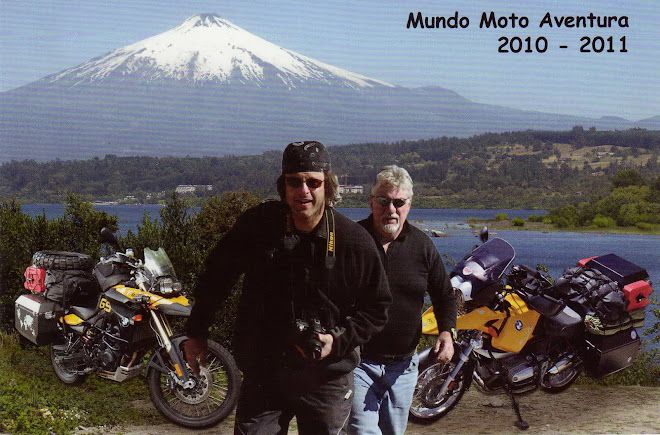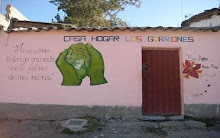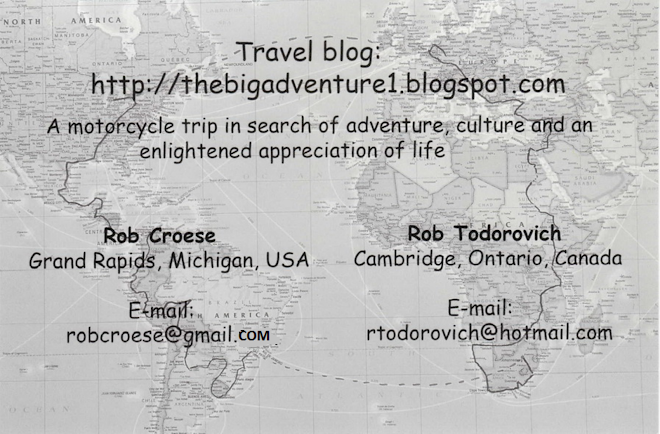The last 25km of the road to the Maasai Village of Tingatinga was a true off-roader's dream. Wish I had my motorcycle. It eventually disappeared and we were left riding through low scrub-brush land to find this place. We got there and I was greeted by 6 Maasai villagers doing a traditional welcome dance. The village itself was set up for tourists, which I later found out was a replica. They didn’t want to disturb the day to day living routines of the Maasai people. Little disappointing, but as RobC once said when we had visited the Bushman village on the border of Namibia and Botswana, "it’s probably only 10% real, but 10% more than I ever expected to see." The guide explained the history of the Maasai and how they migrated down to this area. Originally, they were semi-nomadic cattle breeders and agriculturalists from the Nile area in Sudan. They were feared as “wild barbarians” by the Arabs. They now lead established lives and only roam in search of better pastures for their cattle, then return to the villages as much as 3 months later.
The "road" to Tingatinga
The Maasai speak a Maa language which pertains to the Nilotic language family (originating from the Nile area). They are adamant about retaining their culture and only adapt new ways if they see a benefit to their way of life that does not change their traditions. Their diet is primarily beef, cow’s milk and cow’s blood.
The Boma (huts) are made by the women (except for the central structural support) and is made from cow’s dung, termite mound clay and hundreds of branches. The tour also included an explanation of the different artifacts the Maasai use in their day to day living, such as the circumcision tool. That one gave me the heebie-jeebies. Circumcision takes about 3 to 4 minutes for either male or female between the ages of 8 and 18 and the “initiate” is not allowed to wince, move or if they had chosen to keep their eyes closed, they were not allowed to open them. Any sign of pain, a sign of weakness, would bring disgrace to the whole family. They would also not be given the prestigious black walking stick which is only given to those that have progressed from youth to adulthood.
The village
The welcome party
This shows the layered wall construction of a Boma
I was also shown various trees and bushes with explanations on what they are used for, for example, a small branch was taken from a particular tree, cleaned, and the end chewed until it had been broken down into fine fibres and then used as a toothbrush. The liquid from the plant is said to have antibacterial properties.
The liquid of this plant is as strong as hydrochloric acid and is used for facial tattooing.
Making a fire with 2 sticks and dried cow dung.
Kokoya
Kokoya, a 94-year old woman no issues with any sort of ailments. If she feels sick, she goes to the bush in search of the proper plant and cures herself. She made a traditional Maasai tea for me, a concoction of milk, water, and various spices brought to a boil over an open flame in one of the Bomas. (Edit by RobC: Didn't they have you try the supposed main staple of cow's milk and blood, fermented in urine? You must have been on the sanitized tour!)
We left the village in a down pour. Good thing I didn’t bring the bike. The roads became almost impassable even in the 4x4 vehicle, but it was great fun.






















No comments:
Post a Comment